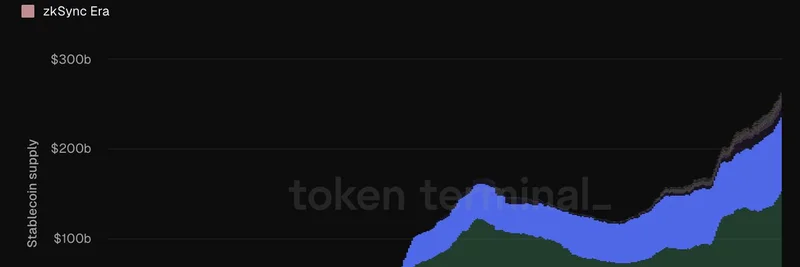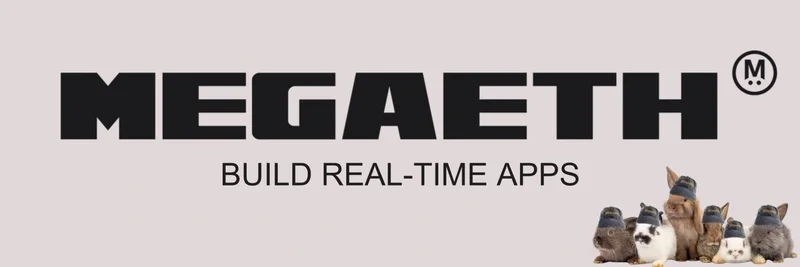If you've been keeping an eye on the crypto space, you know stablecoins are the backbone of trading, lending, and yes, even pumping those wild meme tokens. A recent tweet from Token Terminal caught our attention here at Meme Insider, highlighting how certain blockchains are crushing it in the stablecoin game. Let's break it down in simple terms and see what it means for meme enthusiasts like you.
Token Terminal이 보여주는 큰 그림
Token Terminal, a go-to source for crypto analytics, shared a chart showing the total supply of stablecoins broken down by blockchain over the years. Stablecoins, for the uninitiated, are cryptocurrencies pegged to stable assets like the US dollar—think USDT or USDC—to avoid the volatility of other cryptos.
The visual is a stacked area chart spanning from 2018 to mid-2025, with Ethereum in green and Tron in blue taking the lion's share. Key takeaway? Ethereum and Tron together host about 90% of all stablecoins out there. Solana comes in third, boasting over $10 billion in stablecoin supply, while others like Arbitrum, Base, and BNB Chain trail behind.
In their tweet, Token Terminal argues that general-purpose chains (those trying to do everything) might be overrated, while specialized ones like Tron—focusing on low-cost, high-speed transactions—are underrated. They shout out Tron DAO as a prime example.
왜 Tron이 스테이블코인 경쟁에서 이기는가
Tron, founded by Justin Sun, has carved out a niche with its super-low fees and fast transactions, making it ideal for stablecoin transfers, especially in regions with high remittance needs. USDT on Tron is hugely popular for everyday payments and trading without getting hammered by gas fees. This specialization has propelled Tron to hold a massive chunk of the stablecoin market, as seen in the chart where its blue area dominates recent years.
Ethereum, the OG smart contract platform, still leads thanks to its robust DeFi ecosystem and security. But with layer-2 solutions like Arbitrum and Base gaining traction, we're seeing some diversification. Yet, the data shows the big two aren't budging much.
Solana's rise is noteworthy too—known for its speed and low costs, it's become a hotspot for meme tokens. Crossing the $10 billion mark in stablecoins means more liquidity for trading those viral cats and dogs on platforms like Raydium or Pump.fun.
이것이 밈 토큰에 의미하는 바
At Meme Insider, we're all about memes, so let's connect the dots. Stablecoins fuel the liquidity pools that make meme token launches and trades possible. On Solana, for instance, the influx of stablecoins has supercharged the meme economy. Projects like BONK or WIF thrive because traders can swap in and out quickly with minimal fees, backed by ample USDC or USDT.
Tron's dominance might not directly scream "meme central," but it does support cross-chain bridges and stablecoin flows that indirectly benefit meme ecosystems. Imagine bridging USDT from Tron to Solana for a quick meme flip—it's seamless and cheap.
Ethereum's share ensures blue-chip stability, but higher fees push meme action to cheaper chains. Looking ahead, as more chains like TON or Sonic specialize, we could see meme tokens migrating or launching there for better economics.
향후 전망: 주목할 트렌드
The chart hints at a maturing market where specialization wins. For meme token creators and traders, this means scouting chains with strong stablecoin support for better liquidity and user adoption. Keep an eye on up-and-comers like Base or Unichain—if they ramp up stablecoin inflows, they could become the next meme playgrounds.
If you're diving into meme tokens, understanding these underlying infrastructures is key. Check out Token Terminal's full dashboard for more data, and stay tuned to Meme Insider for how these trends play out in the wild world of memes.
What do you think—will Solana overtake Tron in stablecoins soon? Drop your thoughts in the comments!




